May remedy problem of undertreatment of this disorder
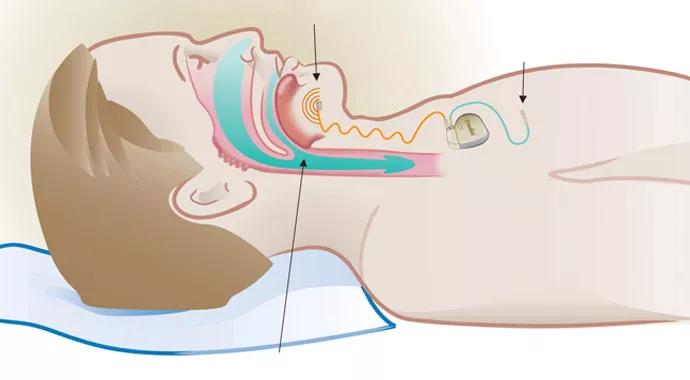
By Alan Kominsky, MD, and Douglas Trask, MD, PhD
Cleveland Clinic is a non-profit academic medical center. Advertising on our site helps support our mission. We do not endorse non-Cleveland Clinic products or services. Policy
Patients with obstructive sleep apnea (OSA) have struggled with traditional sleep therapy, which has led to undertreatment of a condition that is associated with potentially serious sequelae. Fortunately, a new treatment modality — the Inspire® hypoglossal nerve stimulator implant system — has just become available, and Cleveland Clinic’s Head & Neck Institute is among a select few institutions across the country who offer this alternative treatment.
For patients with OSA, the treatment can be as bothersome as the disorder. While continuous positive airway pressure (CPAP) has been the first-line treatment option for OSA, most patients do not like it and eventually stop using it. Indeed, a recent study performed in the Head & Neck Institute found that only 44 percent of OSA patients were still using CPAP three years after their diagnosis. This represents a significant number of patients who are not receiving treatment for a condition that has been associated with hypertension, stroke and cardiac events.
A number of alternatives to CPAP have been tried over the years. Dental appliances have been somewhat successful, but only in patients with mild to moderate OSA. Several surgical procedures — including uvulopalatopharyngoplasty, lingual tonsillectomy, tongue base reduction and even maxillomandibular advancement — have helped reduce the apnea burden in many cases, but they can be painful and require extensive time off from work for recovery.
Early this year, the FDA approved the Inspire device for use in patients who are unresponsive to or intolerant of other treatments for OSA. This device operates by generating electrical stimulation, which advances the tongue forward and opens the pharyngeal airway during respiration. It is made up of three implanted elements: a breathing sensor, a small electrical impulse generator and a hypoglossal nerve stimulator. The system is activated by a handheld remote control device for nightly use.
At Cleveland Clinic, implantation is performed on an outpatient basis for those patients who meet the eligibility requirements. Ideal candidates are older than 18 years, have an apnea/hypopnea index (AHI) between 20 and 65 and a body mass index of less than 32, and have previously failed CPAP use. Once an eligible candidate is identified, sedated endoscopy is performed to confirm that the patient’s pattern of airway collapse in amenable to Inspire therapy. Also, the results of a recent sleep study must be available for analysis before implantation can be considered. Finally, a repeat sleep study will be performed one month postoperatively so that the device can be titrated to maximal therapeutic effect.
Early results with the Inspire stimulator have been promising. A multicenter study of 126 patients with moderate to severe OSA showed a 68 percent reduction in median AHI scores over 12 months. The researchers concluded that “upper-airway stimulation led to significant improvement in objective and subjective measurements of the severity of [OSA].”
The Head & Neck Institute is pleased to add the Inspire hypoglossal nerve stimulator to our multidisciplinary approach to patients with OSA.
Dr. Kominsky (kominsa@ccf.org) is a member of the Head & Neck Institute’s General Otolaryngology Section. He is board certified in both Otolaryngology and Sleep Medicine.
Dr. Trask (traskd@ccf.org) is a member of the Head & Neck Institute. He is board certified in both Otolaryngology and Sleep Medicine.
Image credit: Inspire Medical Systems
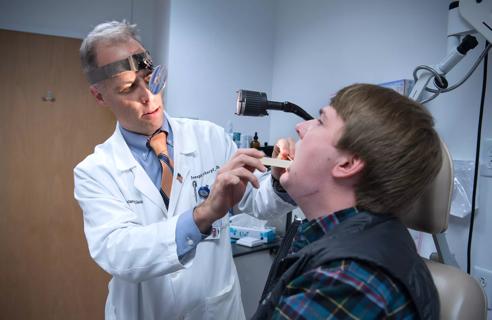
Strong communication with the patient and a thorough approach are essential
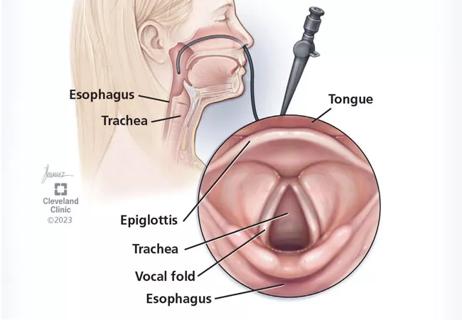
Cleveland Clinic physicians weigh in

New research adds to understanding of an understudied link
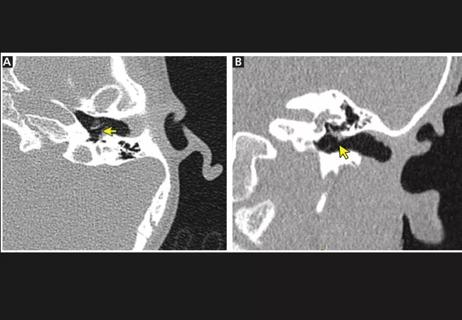
The rare condition can cause structural damage if untreated
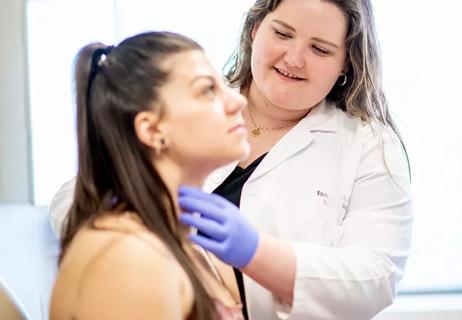
A recently published case series highlights the broad range of laryngeal findings that can present among individuals with EDS

Newly published research shows how the surgical technique is a game-changer for patients with ORN

First five-year prospective study provides valuable data to guide decision-making
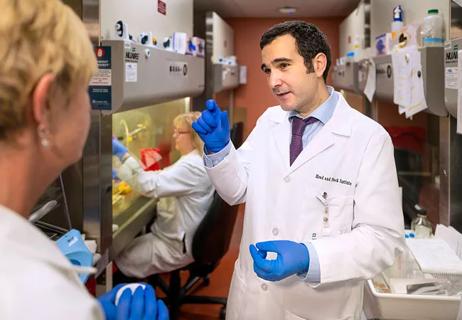
The Head & Neck Institute will make its initial footprint in the newly constructed BioRepository building